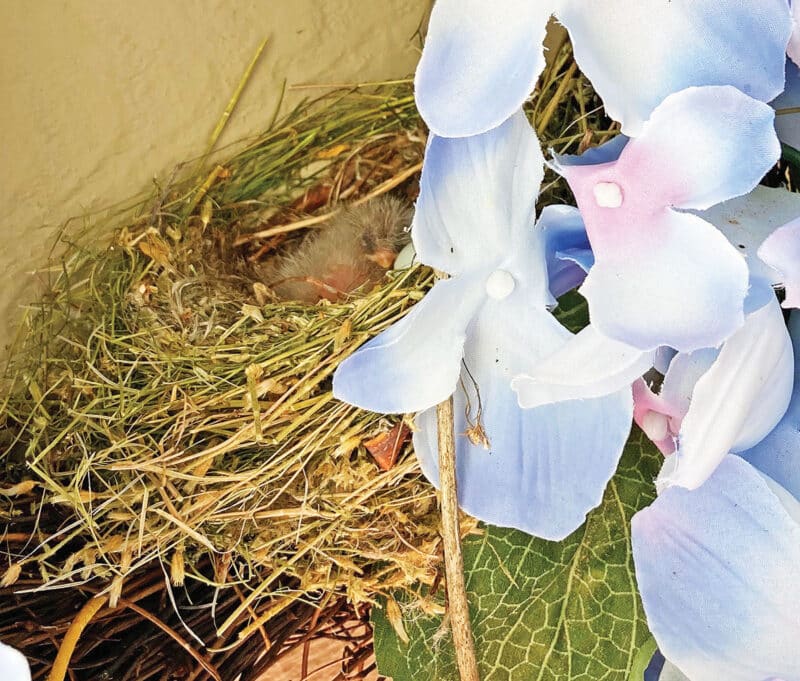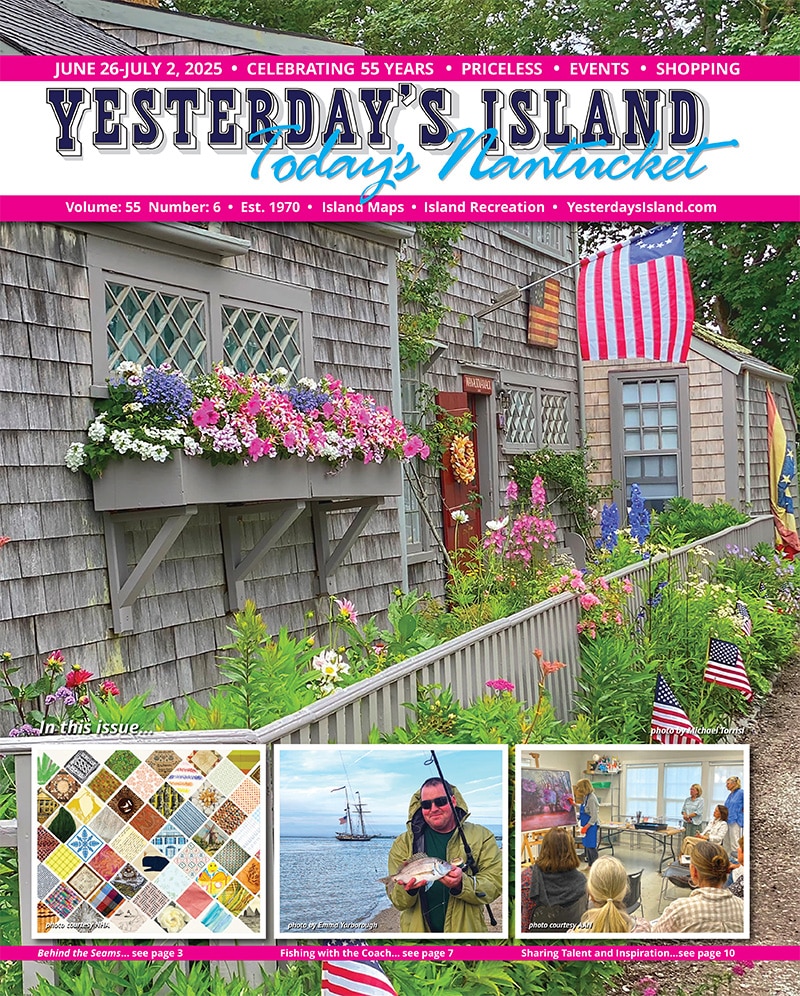by Dr. Sarah Treanor Bois, PhD
Director of Research & Education at the Linda Loring Nature Foundation
It’s baby bird season, and it has been a busy one so far. It’s a good time to revisit what to do when you have an encounter with a nest or baby bird and how you can best help these vulnerable little ones. At the Linda Loring Nature Foundation we frequently get calls about what to do when a bird “falls out of the nest” or the mother “abandons” the nest.
The quick and dirty answer to every question is to let it be. Let nature take its course. It may be sad or difficult to witness, but it’s the best course of action for you and for the birds.
This time of year is when many young birds are ready to spread their wings and attempt flight, but some may fall before they soar. It’s not uncommon to find young birds away from their nests during spring and summer. As fledglings, that’s exactly what they’re supposed to do. Intervening, taking them into your home or making an artificial nest for them would ultimately do more harm than good. It’s a normal part of a bird’s development, and though these chicks might appear abandoned, they’re likely under surveillance by their nearby parents.
If there is a nest in your yard, steer clear. It may be tempting to check on the nest every day, but try to refrain from doing so. Keep activity (human and animal) away from the nest area if possible. Once recent call asked about a nest on their front porch. They ended up locking the front door and having everyone in the family use the garage door to avoid disturbing the nest.
Most of the birds we encounter on Nantucket are protected under the Migratory Bird Act of 1918. It is illegal to take and possess eggs, nests, and bird parts (including feathers) without a federal permit. It’s illegal to move or even to touch an active bird nest. A few years ago we had a question about a nest on a deck umbrella. The best course of action is to let the birds fledge (leave the nest) and then remove the empty nest. It won’t be for the entire summer.
A benefit of having a known nest in your yard is the ability to contribute some data. NestWatch, a citizen science project founded in 1965 at the Cornell Laboratory of Ornithology, collects data in North America from community members based on nesting observations in home yards and neighborhood parks. For almost 60 years, citizens who find a nest have recorded information on how many eggs or nestlings are present and other observations. They then send the data to NestWatch, which analyzes the trends. Check out the project website to learn more and how to become an observer.
“But what if I find a baby bird on the ground?”
If you leave it alone, the parents will likely come and feed it. In many species, fledglings usually do spend a few days on the ground or in low branches, working things out. This is just normal fledgling behavior. You might want to keep an eye on it for an hour or so, just to make sure the parents are caring for it.
Many bird species such as robins, jays, crows, and owls leave the nest and spend as many as two to five days on the ground before they can fly. This is a normal and vital part of the young birds’ development. While they are on the ground, the birds are cared for and protected by their parents and are taught vital life skills (finding food, identifying predators, flying).
Do not pick up the bird! Taking these birds into captivity denies them the opportunity to learn skills they need to survive in the wild. Although it may seem “safer” to raise young birds in captivity, birds (and other wild animals) raised without the benefit of learning from their parents only have a minimal chance of survival when released. Unless a bird is injured, it is essential to leave them outside to learn from their parents.
Right now, it is also important not to touch or otherwise handle any bird that may seem sick or injured. The Highly Pathogenic Avian Influenza (HPAI) has been found throughout North America and has been documented on Nantucket. We’re still learning more about it, but it is better to be safe and leave the birds alone.
If you have questions specific to injured wildlife you may find on-island, we are fortunate to have the Nantucket Wildlife Response Taskforce which is made up of local conservation organizations as well as NISHA and Offshore Animal Hospital. That group recommends that all incidents related to marine animals should be directed to the Marine Mammal Alliance Nantucket and all other calls should be directed to Offshore Animal Hospital. Staff at those organizations will either respond directly, contact the appropriate people to respond, or in some cases indicate no response is needed or possible.
What can you do to help Nantucket bird life?
Let Mother Nature take care of the situation. She can be pretty cruel, though. One estimate is that only 30% of baby songbirds survive their first year. Baby birds are an important source of food for a large number of animals and other birds: hawks, snakes and many more. Some animals feed others: that’s just the way it is.
If you have a cat, please keep it indoors. Outdoor cats kill approximately 2.4 billion birds every year. If you want to help birds overall, create a bird-friendly habitat in your yard. Water features, native plants, shade, and no insecticides are top of the list. The National Wildlife Federation has a great handout for other suggestions.
It’s wonderful to admire these creatures in their natural habitat. Get out into nature and observe, take pictures, and enjoy. Go on a guided bird walk. Let’s help protect their habitat and ensure clean water and native vegetation. Help support one of your local conservation and wildlife organizations. The work they do protecting habitat helps ensure population success in the future and educated us all about our native wildlife.



